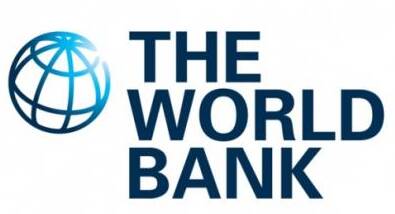World Bank - Socioeconomic Profile of Refugee and Host Households in Nairobi, Kenya
| Type de document: |
Rapports et evaluations
|
| Langue(s): |
English |
Kenya has hosted refugees since its independence in 1963, although refugee policy has shifted from an integration approach towards an encampment model. The flow of asylum seekers into Kenya gained momentum in the early 1970s. Refugees from Uganda and other neighboring countries such as Sudan and Ethiopia, fled to the country. Many had families or relatives living in Kenya and were well-off professionalsand businesspeople. In order to encourage skilled workers and investment, the Kenyan government policy allowed refugees to work, move, and settle across the country. This changed in the early 1990s, when a large inflow of refugees from Somalia, Ethiopia, South Sudan, Burundi, Rwanda and the Democratic Republic of Congo caused a policy shift towards encampment close to the borders of Somaliaand South Sudan. Somali refugees who had initially settled along the coast were relocated to the Dadaab camps, while Ethiopians, Sudanese, and South Sudanese were transferred to Kakuma
Partners
Sectors
-
 Livelihood & Social Stability
Livelihood & Social Stability
Emplacements
Télécharger
(PDF, 1.02 MB)
 World Bank
World BankLivelihood & Social Stability
